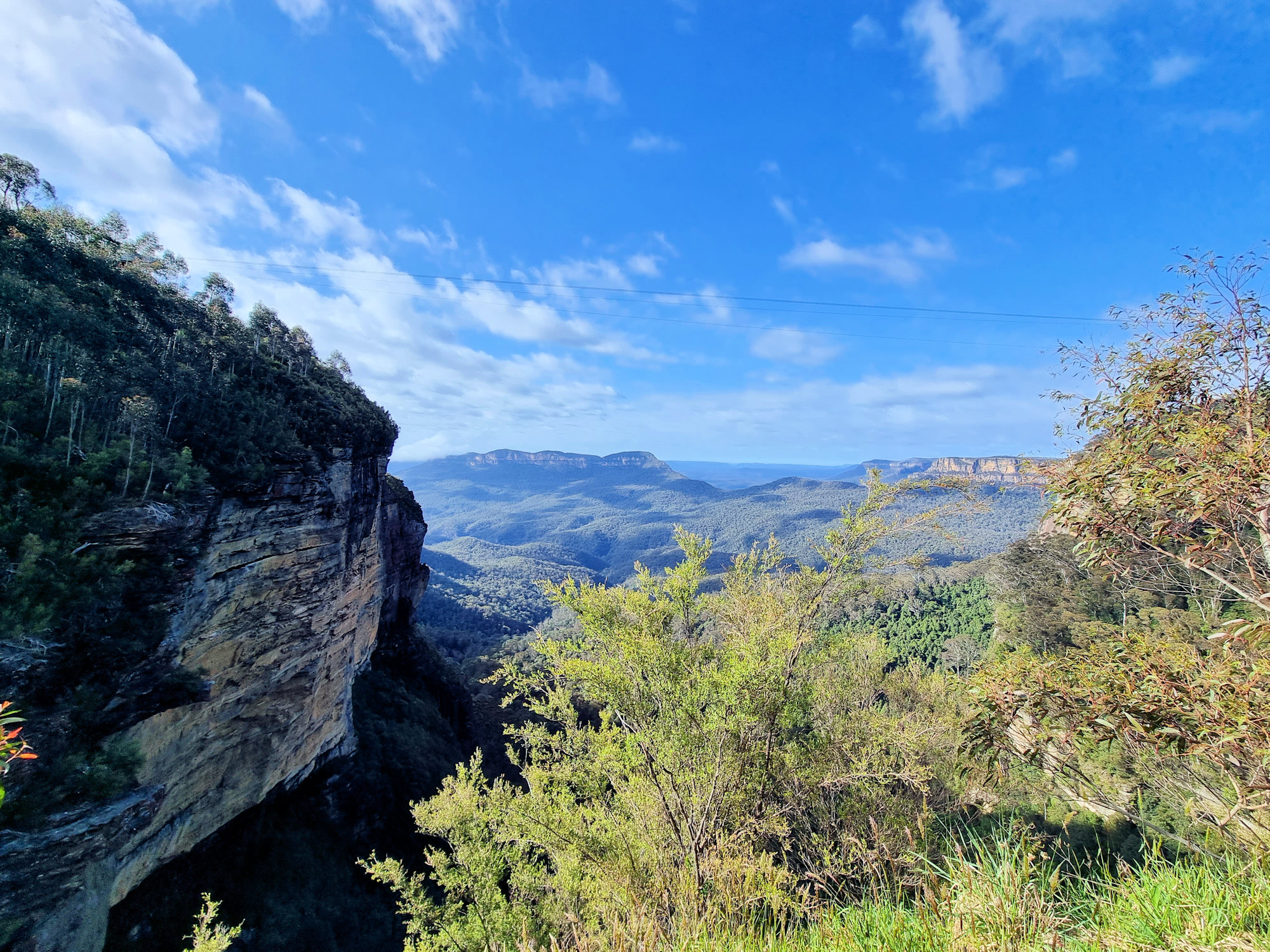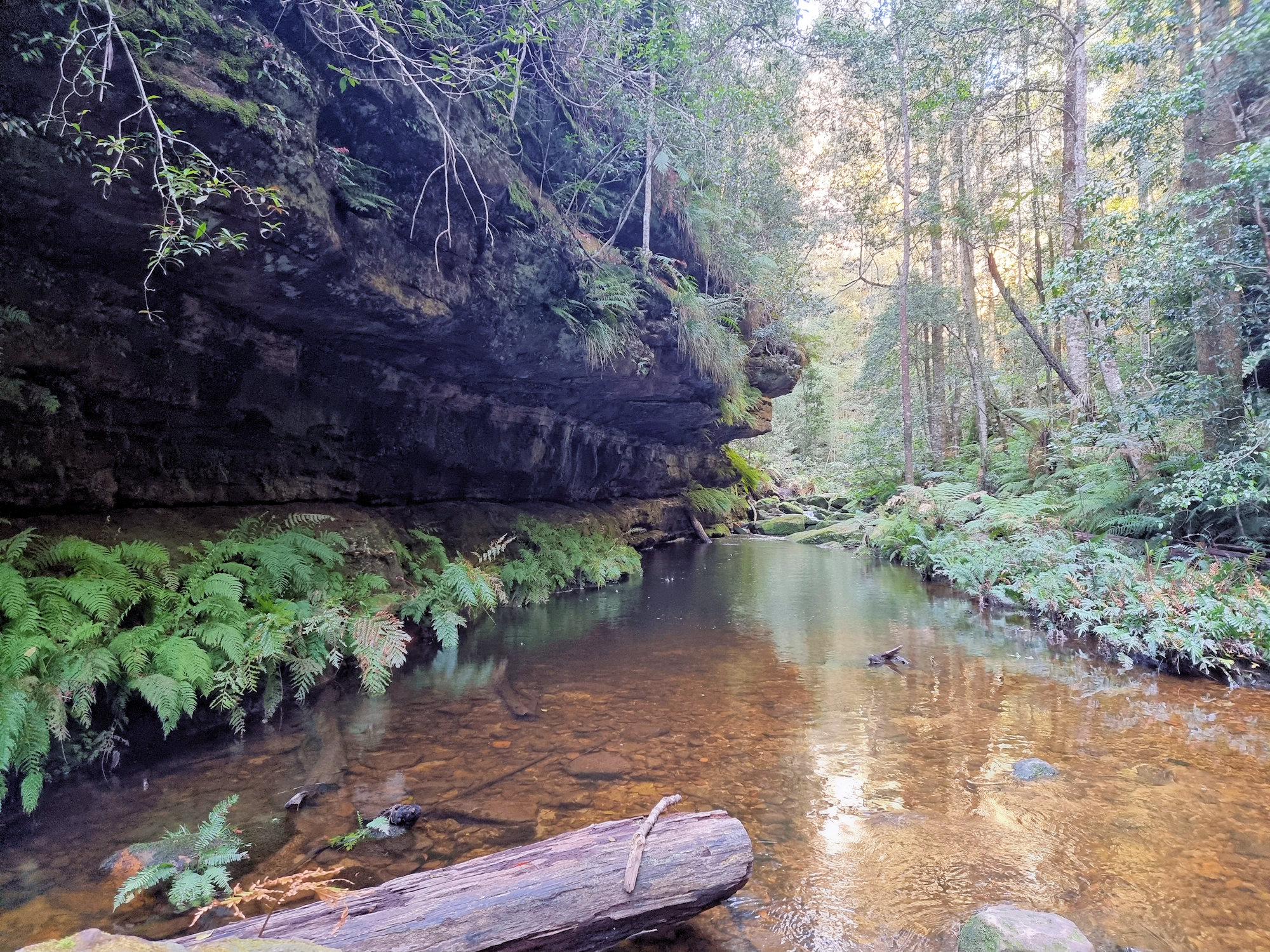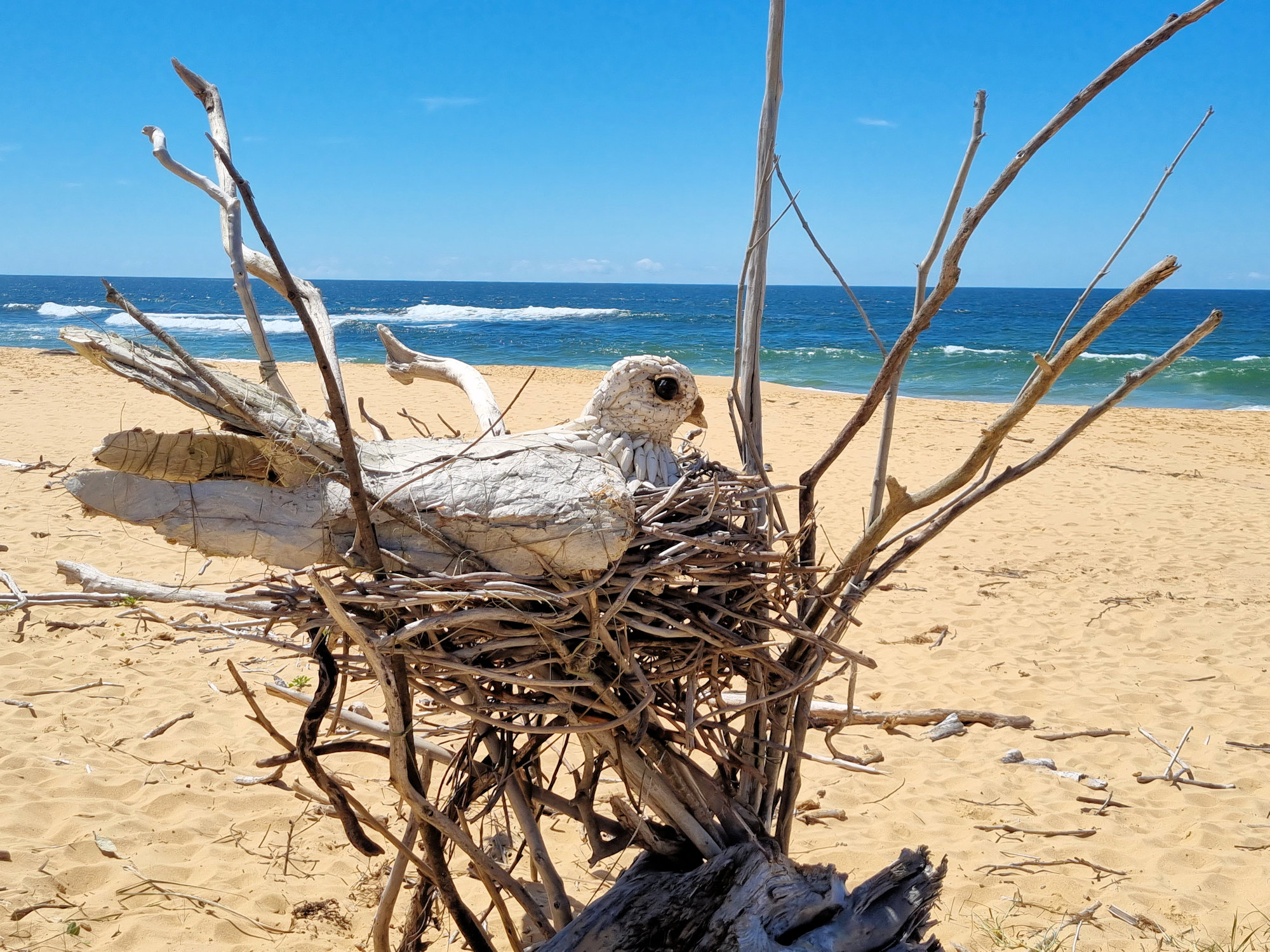Our news
-

Prince Henry Cliff Walk
Prince Henry Cliff Walk in the Blue Mountains One of the best walks to take in the views of the Blue Mountains, the Prince Henry Cliff Walk is accessible at several points and can be undertaken in stages. This is great because at 7kms one-way, it may be seen as a little too long. During…
-

Grand Canyon Walking Track Blue Mountains
Grand Canyon Walking Track Blue Mountains One of the great walking tracks in the Blue Mountains of New South Wales, the Grand Canyon Track is a 6.3km loop that descends 1,000 steps to Greaves Creek before climbing out again to the top. During the hike, you pass through rain forest, past waterfalls and get some…
-

Peace Dove Peter Ush
Peace Dove by Peter Ush Located above the high tide mark on Wamberal Beach is a driftwood sculpture Peace Dove by Peter Ush. Built from local driftwood and cuttlefish, it will not last long, so see it soon before nature reclaims it. Wamberal is located on the New South Wales Central Coast around a 90…